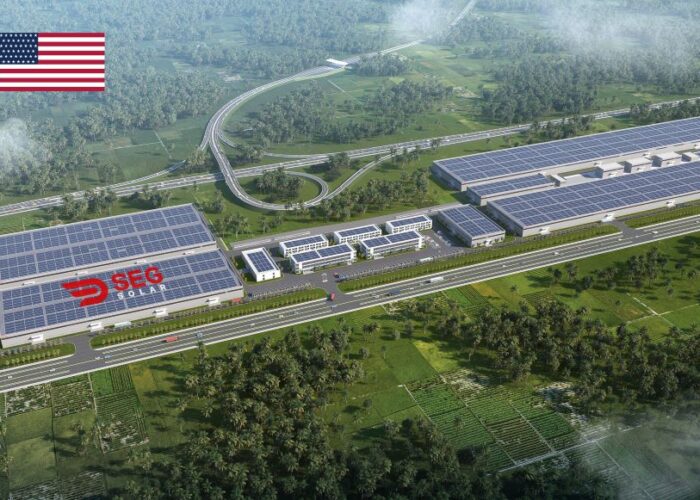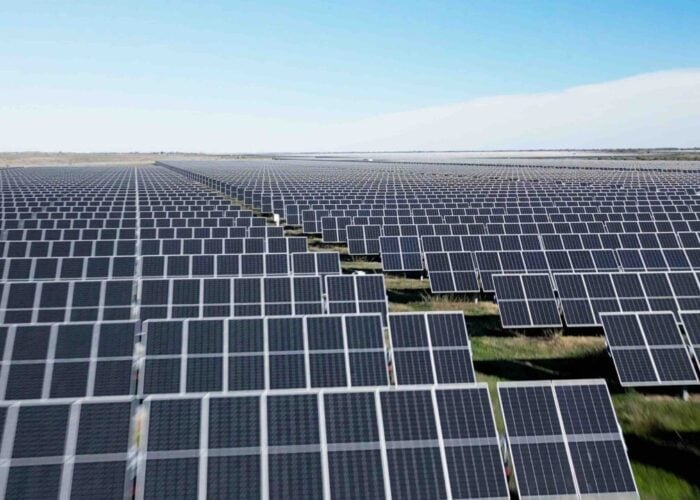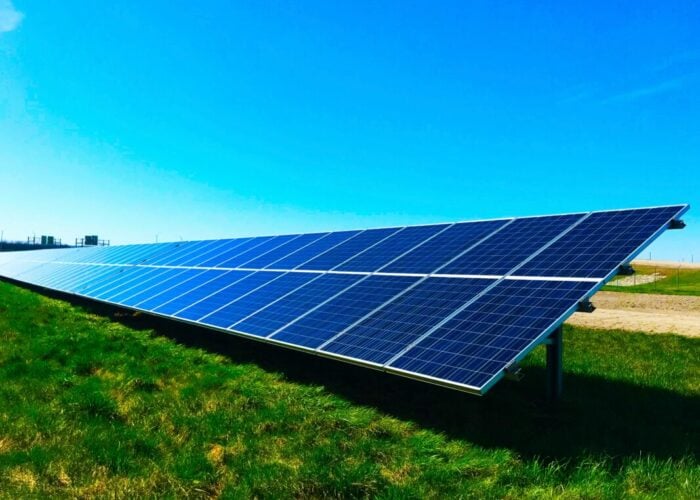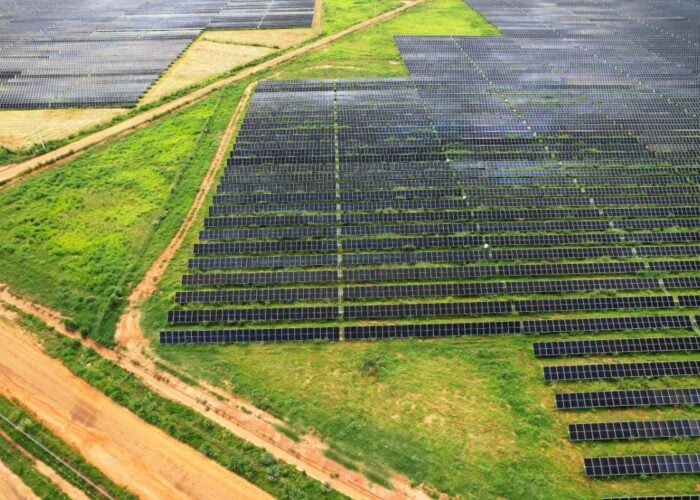Hawaii’s public utilities commission has ordered the immediate closure of the US island state’s solar net metering programme to new customers in the Hawaii Electric Companies (HECO) service area.
Although the commission said it saw PV as a key contributor towards Hawaii’s goal of sourcing 100% of its energy from renewables by 2045, it said a transition away from net metering was “essential” in securing the long-term growth of solar and other distributed sources.
Try Premium for just $1
- Full premium access for the first month at only $1
- Converts to an annual rate after 30 days unless cancelled
- Cancel anytime during the trial period
Premium Benefits
- Expert industry analysis and interviews
- Digital access to PV Tech Power journal
- Exclusive event discounts
Or get the full Premium subscription right away
Or continue reading this article for free
A ruling issued by the regulator on 12 October orders the HECO net metering programme to be capped at current levels. All existing customers and those with applications submitted by 12 October will be unaffected, but the scheme is now effectively closed to any new applicants.
Issuing the order, the commission said net metering had been an “extraordinary success” in Hawaii, but said an evolution in distributed energy resource (DER) policies was necessary: “A transition away from NEM is essential to ensure all customers benefit from continued growth in distributed energy, not just those who have the ability to install solar PV or other forms of DER.”
To replace net metering, the commission outlined three replacement rate structures – a “grid-supply” option, a “self-supply” option and a time-of-use option.
The grid-supply option will function much like net metering, offering residential and commercial solar users credit to export excess power to the grid as needed. The commission said this option would be capped, and new PV customers would pay a minimum bill of US$25 per month.
The self-supply option is aimed at customers who want to use most of the power they generate, most likely via the combination of battery storage with a PV system. Customers pursuing this option would be offered an “expedited” interconnection review and not be restricted to any cap.
The time-of-use tariff is intended to allow customers to save money by shifting energy demand to the middle of the day to take advantage of lower-cost solar energy. Initially, the commission said the tariff would be available for any residential customers that opt in to the programme.
“By sending the right price signals to customers, customers can increase energy demand during times of high solar supply and alleviate some of the grid constraints to further renewable integration. This new tariff will also spur investment into new “smart home” and “smart business” technologies that can help customers take advantage of this programme,” the commission said.
A blog post from the Hawaii Solar Energy Association offered a cautious response to the commission’s proposals: “These new rules are clearly going to impact rooftop, and especially pre-paid leases—which will hit lower income customers the most. At the same time, the Commission has given storage a boost, and is asking industry to take the lead here. Also keep in mind that this is the first part of the process as we will now move onto phase 2 of the docket. Our industry is resilient. Let’s absorb what we have here and consider our next steps.”






